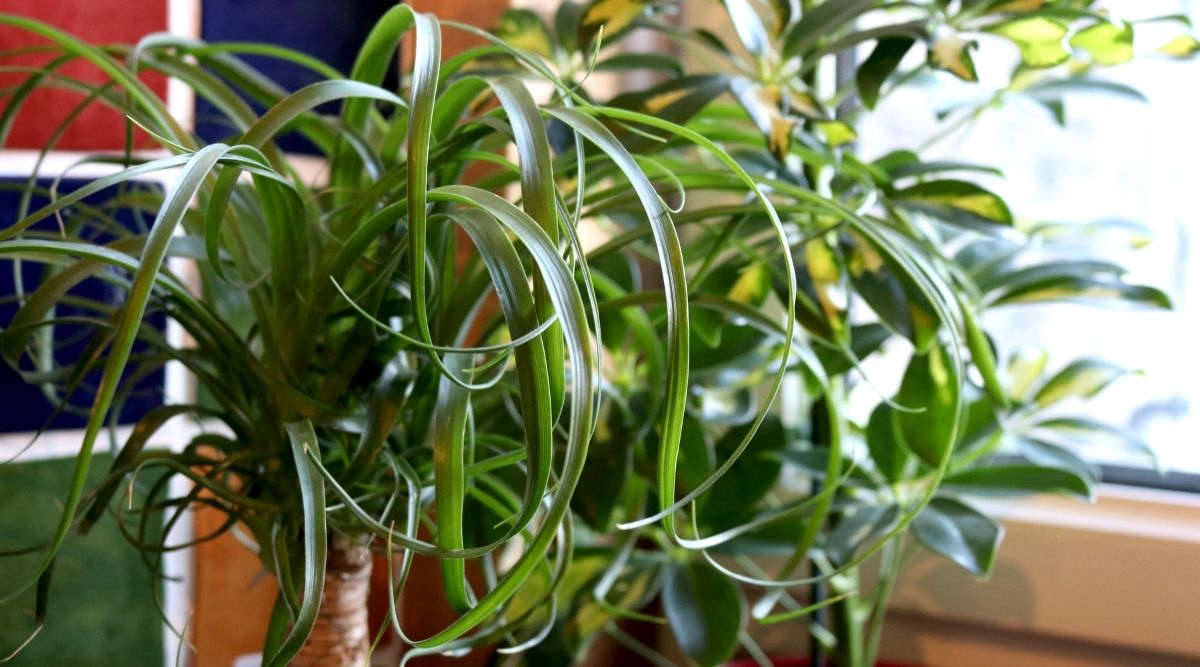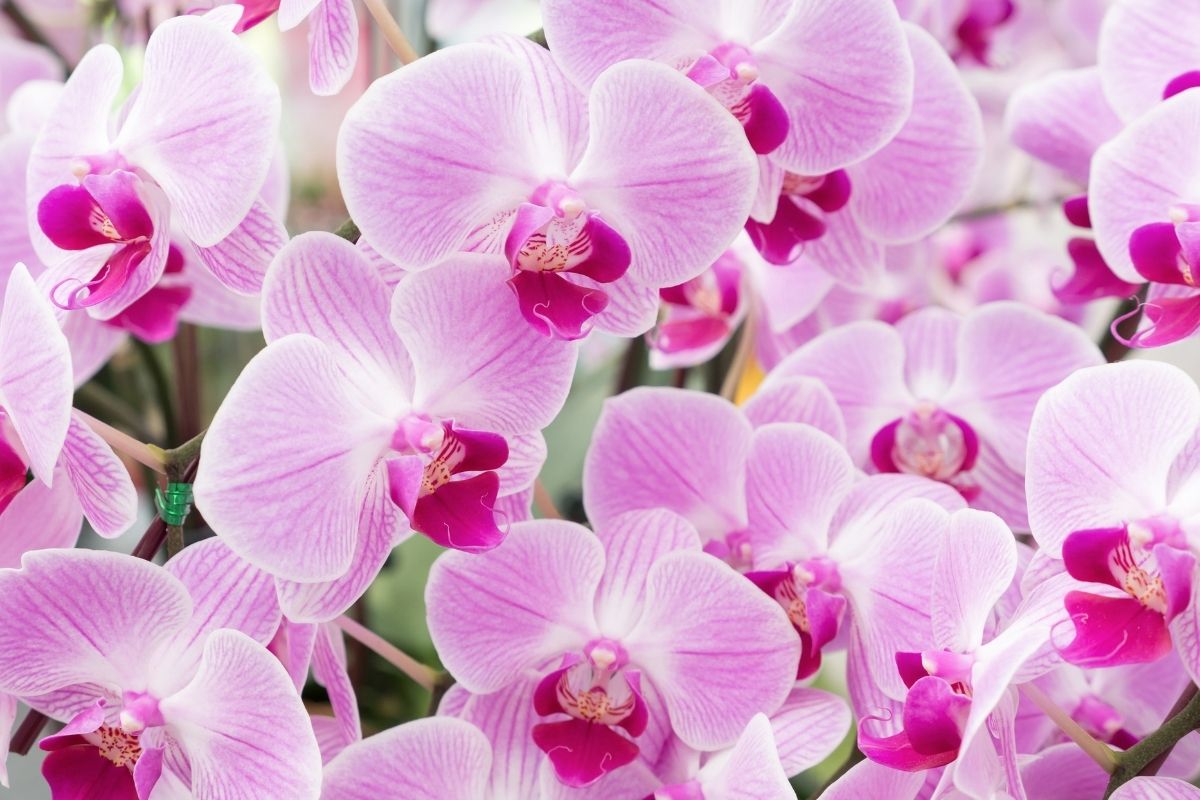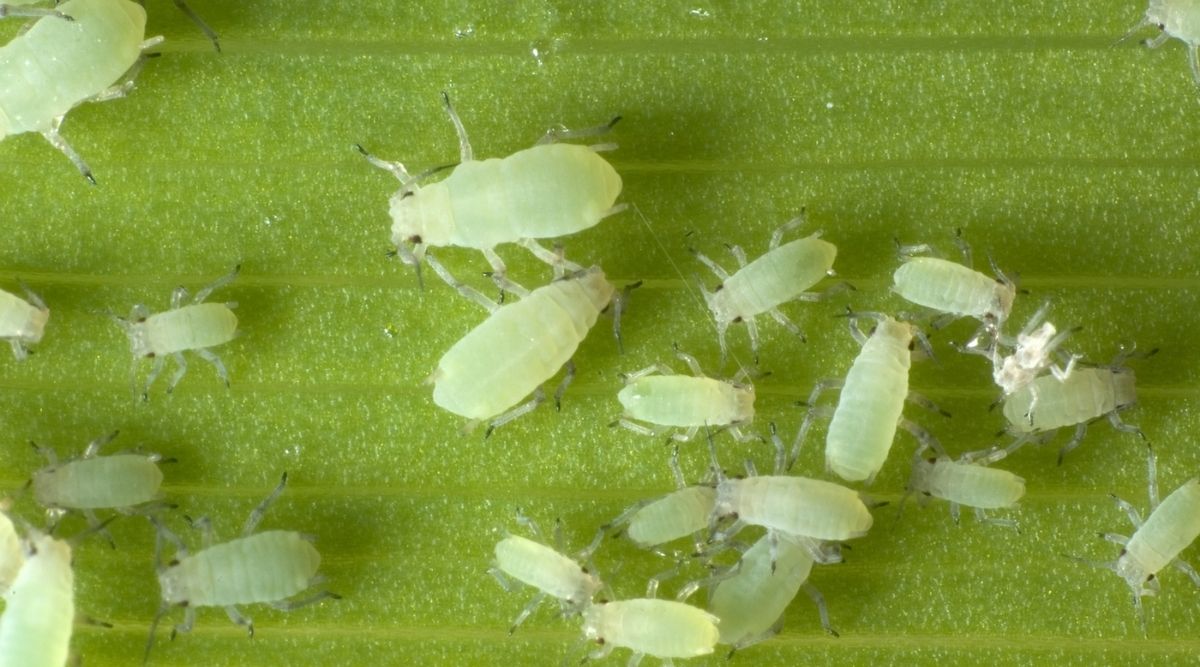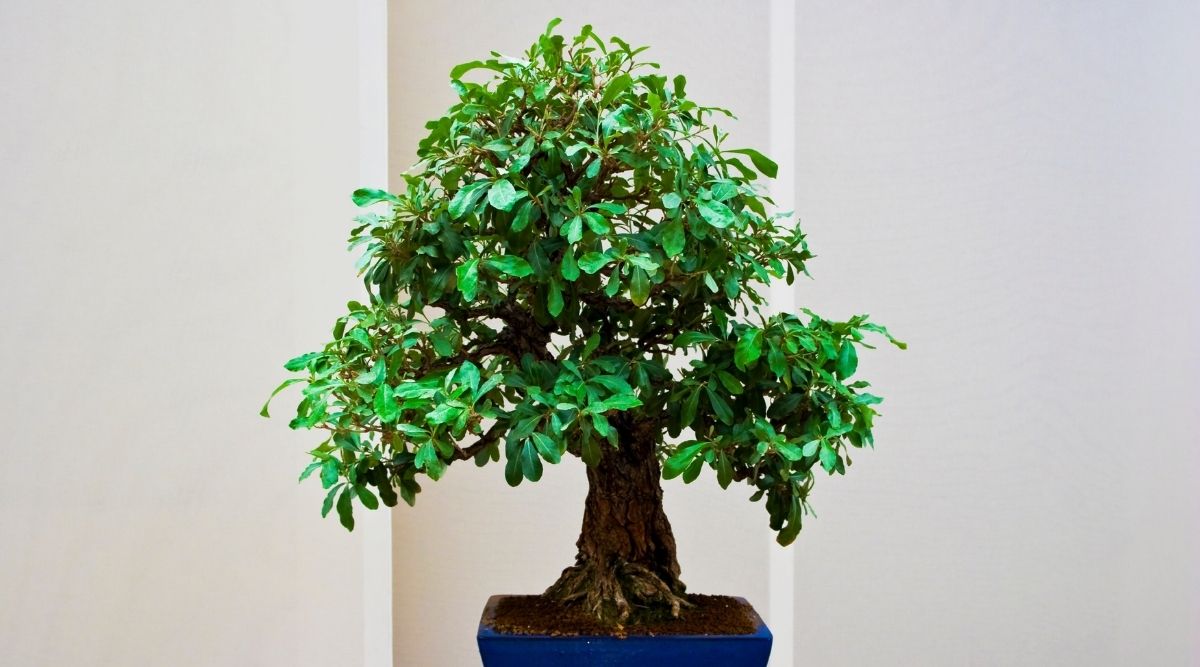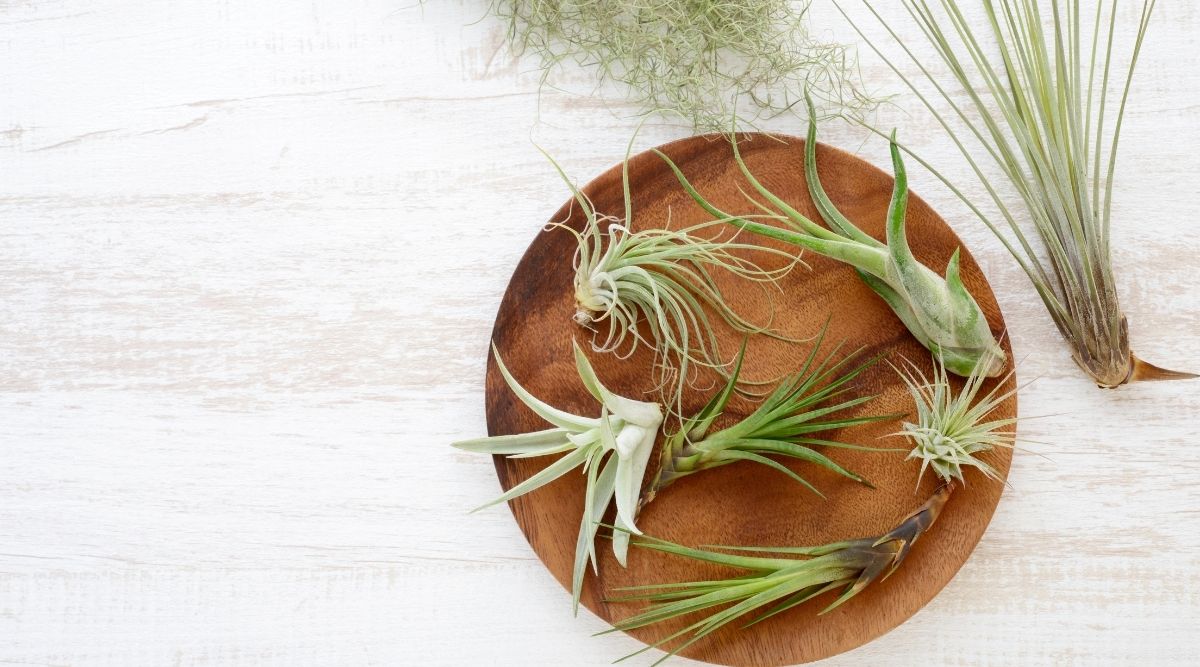If you own a bamboo plant, it is understandable that you may be wondering if your cat will become ill if she decides to nibble on its luscious stems. You cannot watch her every move, so you might decide to get rid of the plant altogether.

If you check the ASPCA (The American Society for the Prevention of Cruelty to Animals), then you will notice that they say it is absolutely safe for cats to eat bamboo. However, whilst this may be the case, it is not as straightforward as that.
Bamboo is a fun thing for cats to play around in, so let us take a look at why bamboo might not be considered safe to be around your kitty.
What Is Bamboo?
Whilst nobody is quite certain how bamboo got its name, the grass plant is an evergreen that is part of the Poaceae’s subfamily, Bambusoideae. More commonly, it is associated with Asia, and is used as a food source, building materials and a raw product.
It has a building strength similar to that of wood, making it versatile and durable. It is said to be the same exact strength-to-weight ratio as timber, hence why it is used for structures.
There are also two bamboo growing patterns: running and clumping. Running types tend to need to be controlled via cultivation, as they can wreak havoc on land.
This is because they can spread fast. This is done through their root stalks which expand and spread underground, causing new shoots to appear.
Clumping bamboo spreads a lot slower as the growth of their root stalks is simply to expand the mass of the roots gradually.
Even though it is associated with Asian culture, it can be grown anywhere, as there are places in New Jersey and France where bamboo woods exist.
Is Bamboo Toxic To My Cat?
If bamboo is the proper bambusoideae type, then it is not toxic to a cat. In fact, because this bamboo is mainly grown outdoors, they might enjoy chewing the leaves and having a roll around the stalks.
Whilst this is pretty straightforward, not all bamboo is the same. Some bamboo might look like the real deal, but it actually is not. If ingested, this can cause a cat to become ill, so you will want to avoid this kind of situation from happening.
This can happen when it comes to a house plant, so it is always best to check what it is before placing it in the home.
Is A Bamboo Houseplant Toxic To A Cat?
It is not uncommon for a cat to be curious about the taste and feel of a houseplant between meals. If they chew on bamboo and eat too much causing her to vomit, then there is likely nothing wrong – they have just eaten too much.
A bamboo houseplant is a different matter, however. The majority are sold to look like bamboo, but are actually not bamboo at all. This can become quite confusing when you have a cat to care for and need to know whether it is poisonous or not.
One popular choice is the Lucky Bamboo (or Curly Bamboo). Whilst it might be a sign of good fortune and happiness in the home, it is not so lucky for your cat. The plant’s leaves are mildly toxic to a cat, so if ingested it may make them ill.
However, the worst part of this plant is the stems. They contain saponins and taxiphyllin which are said to be very harmful to a cat if ingested. Luckily, a cat is more likely to eat the leaves which are a lot milder in terms of being toxic.
Other bamboo types and names to look out for are the Heavenly Bamboo, Money Tree, Cornstalk Plant, Ribbon Plant and the Dracaena. If in doubt, research it first!
What Bamboo Is Not Toxic To A Cat?
If you want to find bamboo that you can have in the home and is not toxic to your kitty, then you will need to do some research. Luckily there are quite a few types to choose from, though you might find it difficult to have some of the species as a houseplant. These are:
- Phyllostachys Aurea – also known as Fishpole Bamboo and Golden Bamboo.
- Smilax Laurifolia – also known as Blaspheme Vine, Bamboo Vine and Laurel Leaved Greenbrier.
- Chamaedorea Elegans – also known as Bamboo Palm, Reed Palm, Parlor Palm, Miniature Fish Tail Dwarf Palm, and Good Luck Palm.
- Smilax Walteria – also known as Red Berried Bamboo and Red Berried Greenbrier.
Side Effects Of A Cat Eating Lookalike Bamboo

There are a number of side effects that may happen when a cat chews on a bit of the leaf or a ‘bamboo’ stalk. According to the ASPCA, these are:
- Depression
- Vomiting that may include blood
- Dilated pupils
- Anorexia
- Hypersalivation
- Seizures
- Lack of coordination
- Respiratory failure
- Rarely, death
Whilst some cats may not experience any of these side effects at all, it is always better to be safe than sorry and take preventative measures in the first place to deter your cat from eating bamboo.
What To Do If Your Cat Eats Bamboo
If you are worried after seeing your cat nibble on a toxic variety of bamboo, then the first thing to do is not to panic. Remove the plant out of reach of a cat (easier said than done), and figure out how much she has eaten.
If your cat has only ingested a tiny amount and is not showing any symptoms, then it should be fine. If they do not appear to be themselves, then it could be time to head to see the vet.
Also, cats are smart animals. If they know something is not quite right, they might even try to vomit it back up.
How To Deter A Cat From Eating Bamboo
If you have a bamboo plant that you do not want your cat to nibble on, then there are a number of natural ways to help deter them from doing so. One of those ways is by making the plant smell horrible.
There are over the counter sprays you can buy to use on houseplants to stop cats from destroying them, but you can also make your own. In a spray bottle, add 1 part vinegar to around 3 parts water and spray it on the leaves.
Another way is to put the plants in areas that the cat has no access to, just remember to water them! Whilst a cat does find it easy to get into the smallest and highest of places, you will find that there are a few places that they cannot reach, so do your research.
Final Words
To put it simply, bamboo is not toxic to a cat, however, it has to be real bamboo. Unfortunately, there are types of plants that mimic the look of bamboo, and many of these are used as houseplants.
Cats love to roll around bamboo when it is grown outside, and they are likely to take a bite out of the leaves. However, cats also like to roam inside the home and are curious creatures, so they will happily want to nibble on the plants.
Whilst ingesting the toxic ‘bamboo’ may only cause mild reactions, it is always better to be safe than sorry. Doing research on the various bamboo species, as well as only buying real bamboo, will make it a happier home for you and your kitty.
If you want to be even safer, then do not have a bamboo plant in your home at all – this is especially true if you are unsure whether the plant you want to bring home is real bamboo or not.
- Best Hanging Plant For Low Light - September 4, 2023
- Best Indoor Plants Florida - August 28, 2023
- Best Plants For Bathroom Smells - August 21, 2023



